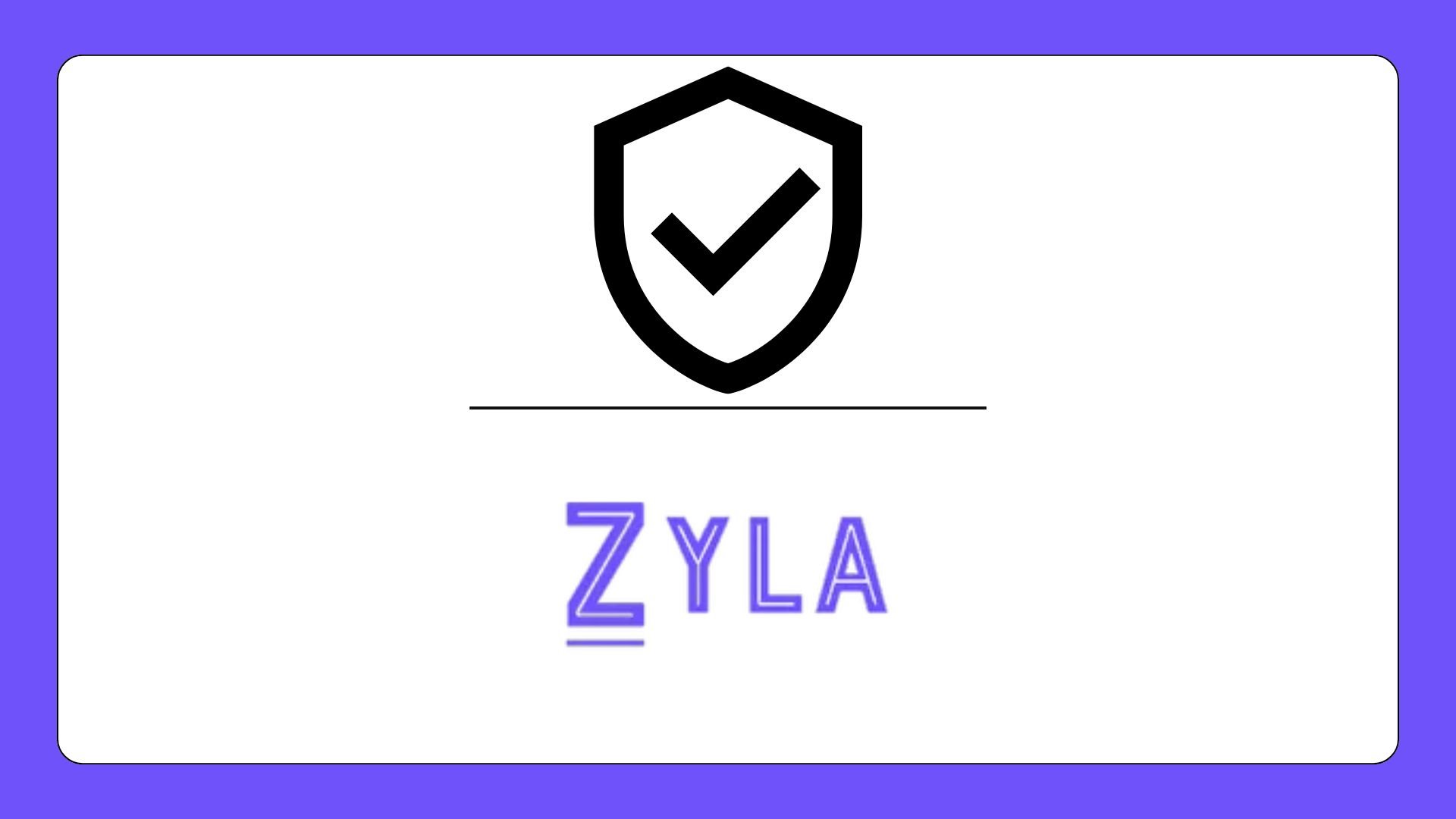Damage Assessment APIs For Accurate Property Evaluation

In the quickly evolving sector of software development, where precision and efficiency are crucial, the integration of APIs created for specialized functionalities is transforming industries. One example of a ground-breaking innovation is a Damage Assessment API. Leading the charge on this transformation is Zyla API Hub!
Zyla API Hub: Adapting APIs to Industry-Specific Requirements
Customizing Damage Assessment APIs to meet certain industry requirements is one of the main benefits of including them into your development process. Zyla API Hub offers a wide range of adaptable APIs that serve many industries, including manufacturing, shipping, insurance, and construction. These APIs can be adjusted to satisfy specific demands, such as the damage assessment requirements of an insurance business, which differ greatly from those of a construction company or a transportation company.
APIs may be set up in the construction sector to assess structural damage to machines, buildings, or roadways while taking environmental variables and material strain into account. However, in logistics, the emphasis can be on evaluating the damage to vehicles or products during transportation, necessitating APIs that can analyze the extent of damage based on particular parameters such the size, weight, and type of goods.
Regardless of the industry, Zyla API Hub guarantees that developers can locate and incorporate the appropriate tools to improve their apps by providing a variety of Damage Assessment APIs suited to particular sectors. Businesses can more easily adopt APIs that fit their workflows because of this adaptability, which maximizes return on investment.
Future Trends in a Damage Assessment API
Looking ahead, the future of Damage Assessment APIs promises even more innovation. The convergence of artificial intelligence (AI), machine learning, and the Internet of Things (IoT) is expected to take damage assessment to new heights. AI algorithms will continue to improve, enabling APIs to more accurately predict the severity of damage and provide recommendations for preventive measures. For example, in the insurance industry, predictive analytics could help insurers determine which properties are most likely to require claims, enabling them to proactively mitigate risks and allocate resources more effectively.
Moreover, IoT devices will play an increasingly important role in real-time damage detection. For instance, smart sensors embedded in infrastructure or machinery can provide continuous data streams to a Damage Assessment API, which can analyze this data and detect potential damage before it becomes a serious issue. This proactive approach, often referred to as “predictive maintenance,” is expected to become a standard feature in industries such as manufacturing, logistics, and construction.
Another trend is the integration of augmented reality (AR) and virtual reality (VR) with a Damage Assessment API. With AR and VR technologies, inspectors can visualize damage in 3D, overlaying real-time data on actual environments. This could revolutionize fields like construction and architecture, where understanding the full scope of damage in a building or structure is crucial for making informed decisions about repairs and rebuilds.
With Zyla API Hub offering a wide range of high-quality, customizable APIs, developers have the flexibility to choose the tools that best fit their specific needs. As technology continues to advance, the future of Damage Assessment APIs looks even more promising, with innovations in AI, IoT, and predictive analytics set to redefine the way businesses handle damage assessment.







